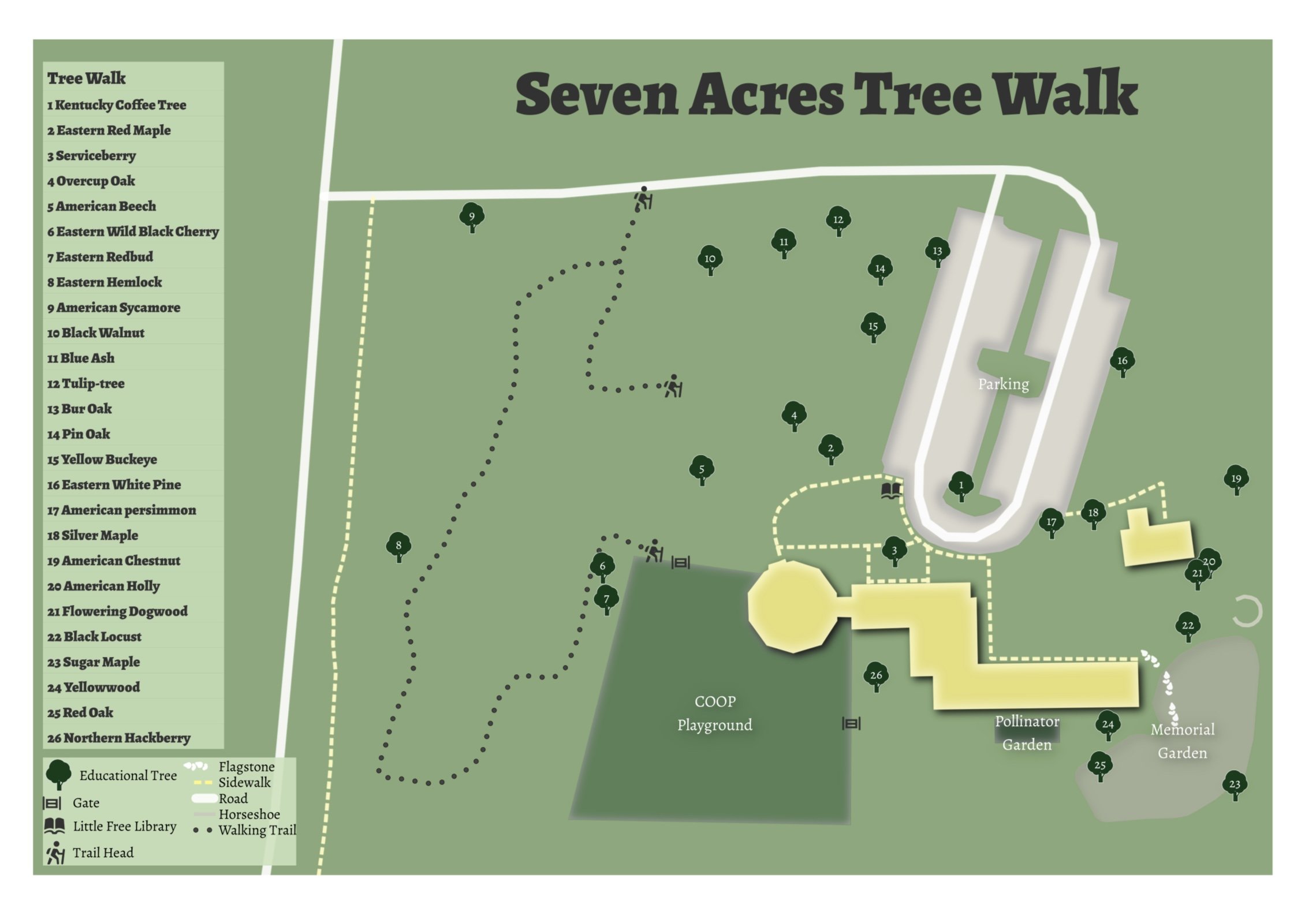Serviceberry
Amelanchier arborea
Dimensions:
Height: 10’ - 25’
Mature spread: 10’ - 15’
Trunk Diameter: 6” - 16”
Habitat and Range:
frequently found in eastern and southern Kentucky; also found in western Kentucky, but absent from Inner Bluegrass
prefers full-sun to partial-shade, and moist, well-drained soil
Features:
can be grown as either a small tree or large shrub, depending on species
one of the earliest spring bloomers, it’s an important food source for bees, butterflies and other pollinators
its berries sustain dozens of bird species and mammals, including humans, who can make them into jams and jellies
“The Serviceberry: Abundance and Reciprocity in the Natural World” is the name of Robin Wall Kimmerer’s wonderful book published in November, 2024
History:
in southern Appalachia, this tree is known as “service tree” or “sarvisberry”
called “service tree” in the mountains, because its early flowering coincided with memorial services—which were held after the end of winter, to honor those who died during the season—when travel up to the hollows was too difficult for all who wished to pay final respects
also known as Juneberry, Shadbush, Shadblow, Sarvisberry, Sugarplum, Saskatoons
Cherokee used the Serviceberry for everything from food to antidiarrheal medicine









